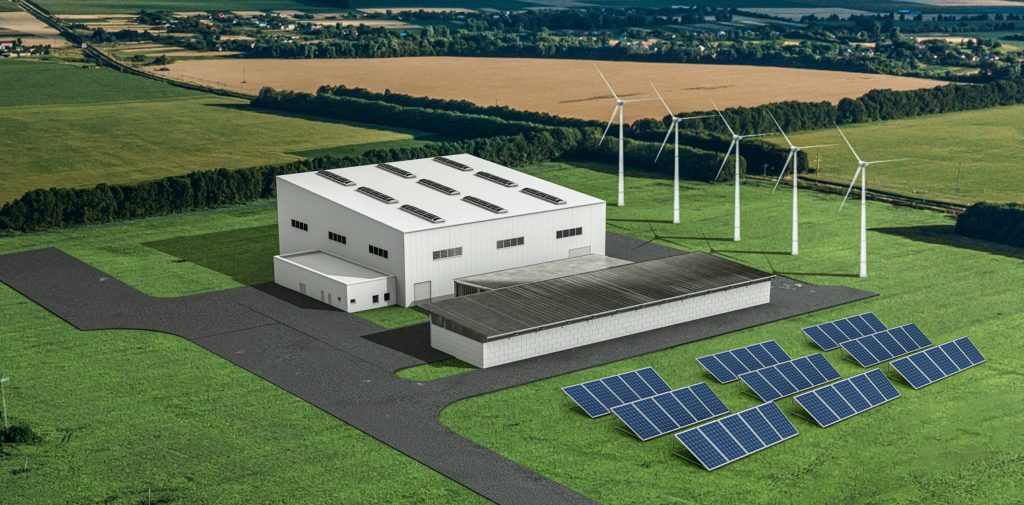https://www.pv-magazine-australia.com/2022/06/22/rio-tintos-flashy-new-mine-powered-by-34-mw-of-solar/

Image: Rio Tinto / Screenshot
Mining giant Rio Tinto has officially opened its Gudai-Darri iron ore mine in the Pilbara region of Western Australia (WA). The company is calling Gudai-Darri, located on Banjima Country, its most technologically advanced iron ore mine in the region, with a capacity of 43 million tonnes each year.
The mine boasts all sorts of Q-Branch-style gadgets, from autonomous trucks, trains and drills, to a digital replica of the processing plant complete with interactive 3D environment for virtual reality training. However, the flashiest technology has to be the site’s 34 MW solar farm.
Consisting of 83,000 panels the solar farm will provide one-third of the electricity needs of the mine, and is expected to be completed in August 2022.

Rio Tinto Iron Ore chief executive Simon Trott said the company had “worked closely with both the Banjima and Yindjibarndi People through the planning and development stages of Gudai-Darri and we look forward to partnering with them into the future to ensure the project achieves significant social and economic benefits.”
Of course, it is not surprising that the company is on its best behaviour after it destroyed two 46,000-year-old sacred Indigenous sites in the Juukan Gorge back in 2020. Perhaps the only surprising thing is that Rio Tinto has been allowed to continue mining at all.
Trott described Gudai-Darri as Rio Tinto’s first greenfield mine in the Pilbara in more than a decade.
WA’s minister for mines, petroleum and energy, Bill Johnston, attended the opening ceremony, saying he was “impressed by Rio Tinto’s innovation and sustainability; this is a prototype of the mine of the future. Once the new solar farm is complete it will be able to power one-third of Gudai-Darri’s operational needs with renewable energy.”
Johnston added that the solar farm will reduce carbon dioxide emissions by 90,000 tonnes a year, equal to the emissions produced by 6,000 Australian households annually.
WA Premier Mark McGowan said “Western Australia offers a stable investment environment – we have a strong economy, highly-skilled workforce, and a world-class mineral resources backed by industry-leading mining and logistics infrastructure. This means our state is well-placed for the future.”
Rio Tinto has promised to develop a one gigawatt solar and wind power operation in the Pilbara, with plans to develop green steel. The company has also promised 4 GW of renewables with firming for its Queensland projects.
This content is protected by copyright and may not be reused. If you want to cooperate with us and would like to reuse some of our content, please contact: editors@pv-magazine.com.
<




